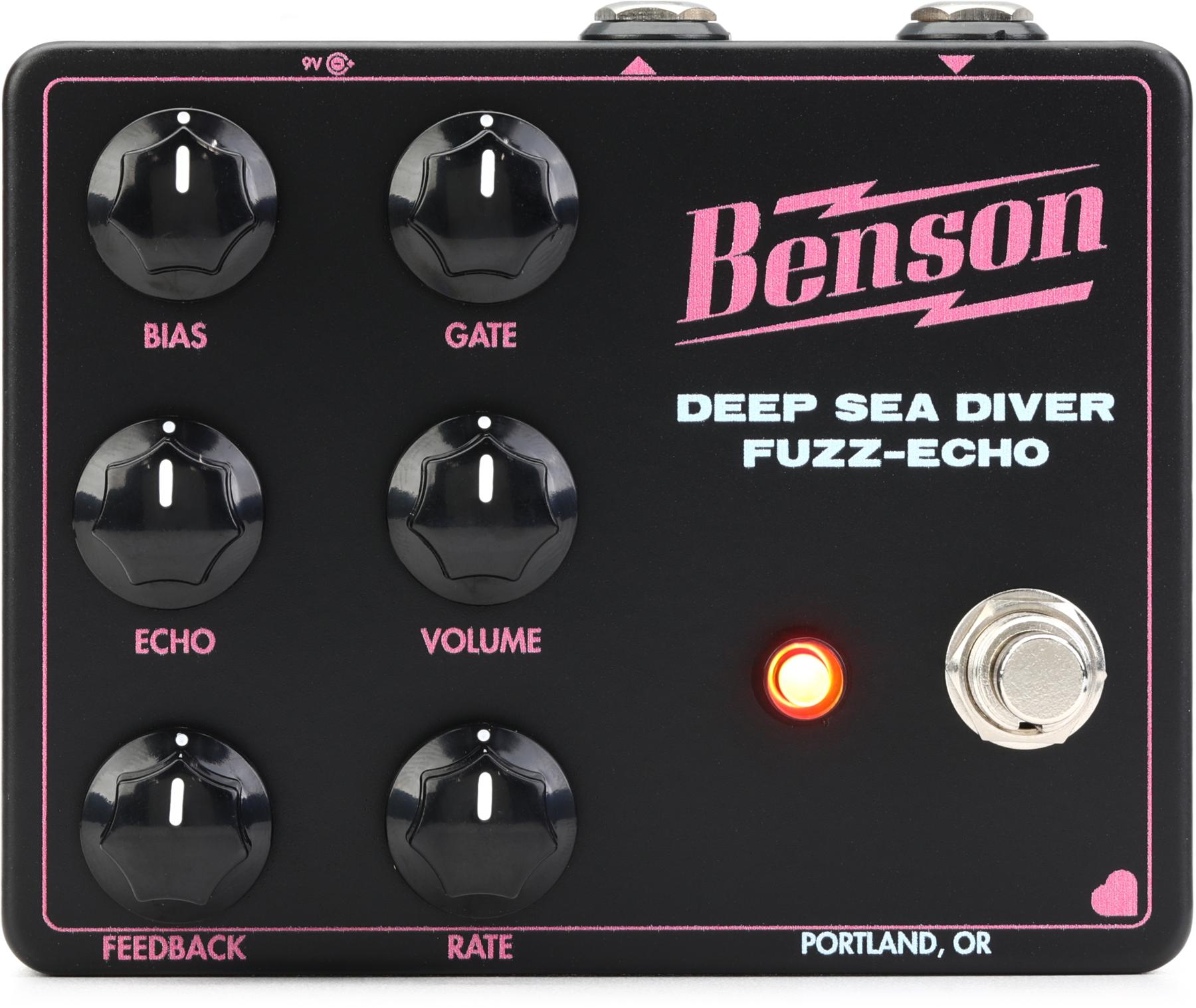Recorded direct into Focusrite Scarlett 2i4 interface into GarageBand.
Clip 1: Schecter Banshee, picked. EQ flat with slight bass boost
Clip 2: Ashdown Saint, fingerstyle. Bass at 2 o'clock, mid at 11 o'clock, treble at 1 o'clock
Like it's standalone-amp cousin, this 200-watt combo houses controls for gain (with signal-level LED), a 3-band EQ, tone, and volume—all located topside along with 1/4" jacks for the input and headphone/line out. Around back lives an XLR out (with ground lift) and an additional speaker output. When I powered up the Elf with the EQ set flat, the mid-leaning amp filled up my high-ceiling room with an articulate and rich modern bass sound that made the old windows shake. After I bumped up both the bass and treble to 1 o'clock-ish and took a pinch from the mids, I got to a warmer, yet still punchy, tone I called home. The Elf has a deceiving amount of headroom for its featherweight build and can get loud. It also pushed an external 2x12 cabinet with ease and makes for a convenient silent practice and recording tool. (I appreciate the speaker on/off switch.) If you're after onboard effects, look elsewhere, but if a straight-ahead amp you can easily carry with one hand from bedroom practice to gigs to studio work and in between appeals, this combo may have some Elfin magic for you.
Test Gear: Schecter Banshee, Ashdown Saint, Orange OBC212, Focusrite Scarlett 2i4



















